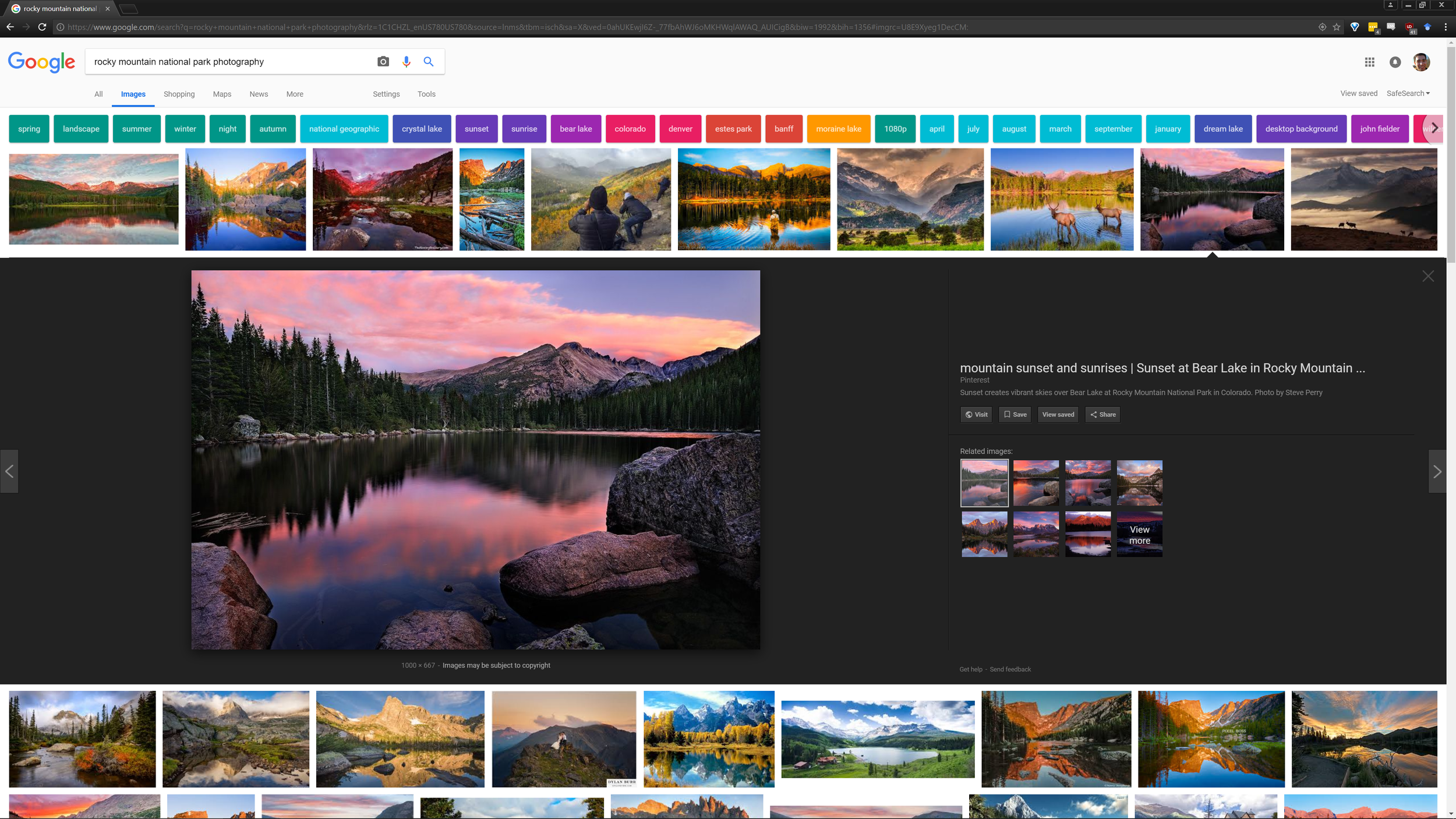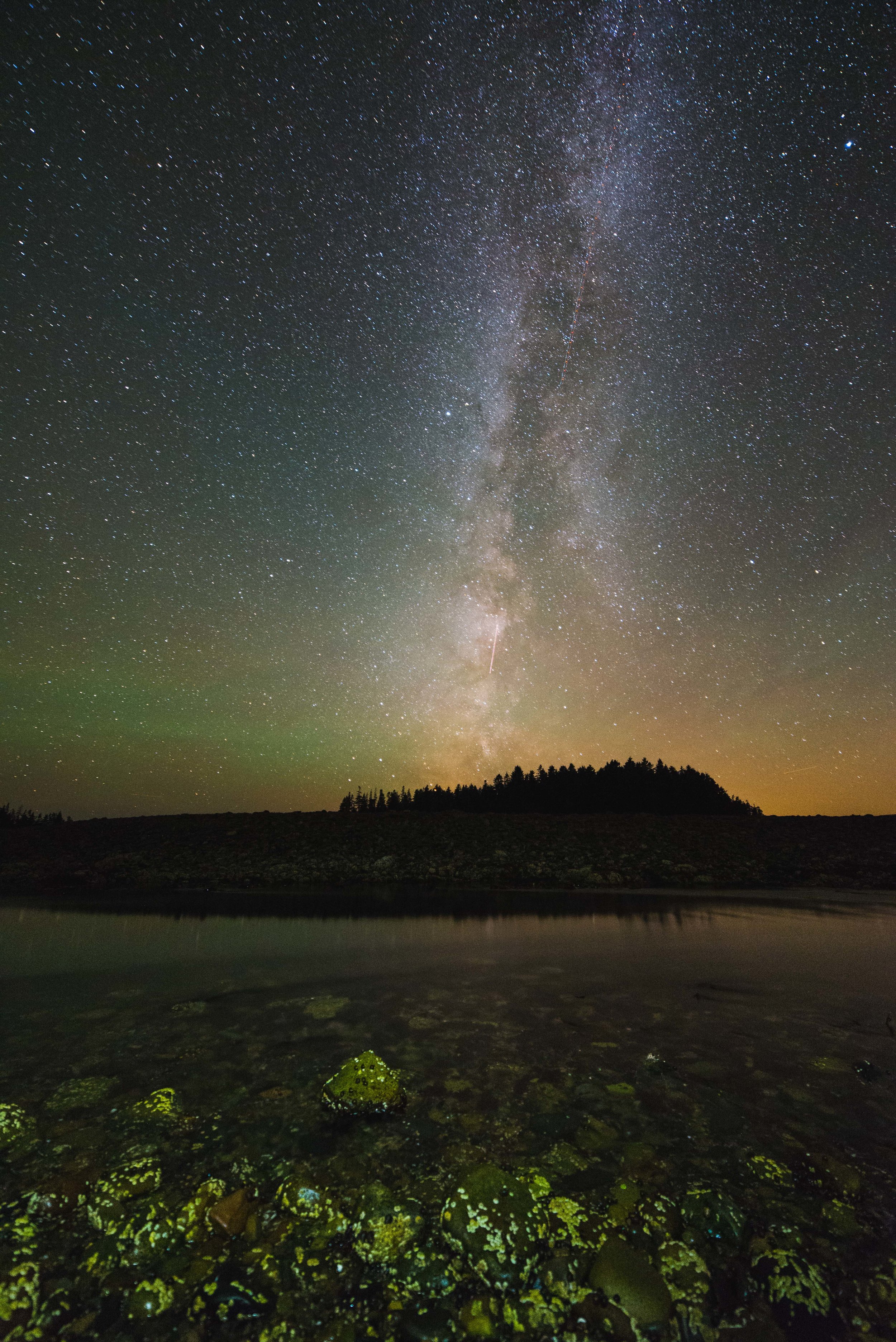The Leofoto LN-364C I used in this review
“Buy nice or buy twice” is an oft-repeated truism in photography circles when it comes to tripods, and with good reason: a well-built tripod can last you decades, not to mention it can make (or break) many shots. But what constitutes a “nice” tripod, and how much does that cost? Leofoto was kind enough to send me one of their products, the LN-364C, to test out and review for you all. At $536 MSRP and after a few months using it, I’m pleased to report Leofoto may have just presented the best value proposition on the tripod market.
Disclaimer: I received this tripod from Leofoto for free, in exchange for a fair and unbiased review. I am receiving no compensation for this review. The included photos are of the review unit after 90+ days of harsh use and are unedited.
How I use my tripods
I put all my gear through a lot, and my tripods probably see the most abuse of anything: being drenched in saltwater/rain/snow/sand/dust, being dropped onto rocks, sitting through intense heat and freezing weather... As a landscape photographer, all of these are regular occurrences and ones where I need to trust my gear’s durability.
My old Gitzo G1257 lived through dust storms in Colorado, hours of salt water spray from tropical storms, and 15-foot drops off a cliff (oops). However, a few months ago I noticed it was on its last legs (pun not intended). Over time, the twist-locks stopped staying tight, and the hinges on each leg would loosen, requiring me to re-tighten them with an Allen key every few hours. It was time for my Gitzo to be laid to rest and to find a suitable replacement.
If you need any further proof of the conditions I subject my equipment too, you need not look further than this.
Why Leofoto?
My search for a new tripod had a few parameters:
No compromises on build quality
Rated for at least 20kg load
Minimum 1600mm max height
Weight not exceeding 3 kg
Generally when looking for top-quality tripods, you’ll see several names come up. Really Right Stuff, Gitzo, and ProMediaGear are at the very top, with brands like Manfrotto, Induro, and Vanguard following closely behind. Quality comes at a price, however. A tripod that fit my needs would be ~$1,000 from any of those top brands. Naturally, I balked at spending that much on a tripod. Surely there had to be something out there that met my requirements and wouldn’t cost more than my camera body did. After some research I ran across a relatively new brand: Leofoto. Reviews were sparse but the few I found were very positive, so I was excited to get to try it out for myself.
First Impressions
You can find all of the specs here, but suffice to say: this is a heavy-duty tripod. Rated for 35kg with a main leg diameter of 36mm made of 10-layer Carbon-fiber, this tripod will comfortably handle all but the most extreme of telephotos.
After getting some time to play with the tripod, my biggest takeaway was that this thing is built well. The angle stops move smoothly and adjust easily. The leg twist-locks are tensioned so that they lock the legs securely, and loosen within one turn. The machining is excellent and all exposed aluminum is anodized for protection. You get a sense that this tripod was built with care and there’s nothing that feels cheap about it. On the contrary, it feels premium. Material quality is exceptional all around and I’ve gotten more than a few comments from some fellow photographers who assumed it was much more expensive than it actually was.
I also appreciated the little details that Leofoto included, like the the bundled video bowl, replaceable spike feet, and all necessary Allen keys for adjustments.
In the Field
I’ve now used the LN-364C for about 90 days, during which it’s been my primary tripod and seen extensive use. It’s seen hours of hard rain, several coastal storms with more salt water exposure than I’d generally feel comfortable with, and more than a few hard drops due to my carelessness. So how is it doing? Everything works like just as perfectly as the day I got it. Twist locks secure tightly while loosening with a single hand; angle stop is still easily adjustable; and leg joints move fluidly and stay at the angle you move them to. There are a few cosmetic “dings” from wear, but none of them have gotten past the anodized layer. I’m very impressed with the durability and its fared better than my Gitzo did with similar use.
The twist-locks have excellent grip and make adjustment very easy.
Where it would often take me 2+ minutes to setup my Gitzo, fiddling with twist locks that wouldn’t stay locked and angle stops that were tough to move, I can get my Leofoto set up in under 20 seconds. While this might not seem like a big deal, 1 minute can be the difference between catching the perfect shot and missing it. There’s nothing more frustrating and disappointing than missing that perfect clearing in the clouds because you couldn’t get your tripod setup in time. I don’t see that happening with the Leofoto.
Beyond the ease of use, the LN-364c has exceptional vibration dampening. Even loaded with a Nikon D800 + 80-200 f/2.8 AF-S, a self timer of 3 seconds was enough to dampen all vibrations from pressing the shutter when I had forgotten my remote shutter release.
The included rubber feet, you can tell how thick the rubber is on these!
The replaceable foot design is incredibly useful. I’ve yet to use the spike feet, but with winter fast approaching, I’m sure they will see use in icy conditions. The rubber feet are very high-quality and stick to even slippery rock very well, a must for a coastal photographer. Once tightened, they form a tight seal on the tripod legs and don’t allow water in, even when submerged. I could never get my Gitzo legs to do the same and I had to drain the legs of water after shooting in rivers.
On that note however, lets discuss maintenance. I rarely take apart my tripods due to lack of time but those of you who do, will be happy to be informed that Leofoto’s tripods are easy to disassemble and clean, something they highlight on their website, and in this review by photographer Jon Chiang
The built-in level is a welcome feature and the platform release is an excellent feature for those looking to use the included video bowl
Areas for Improvement
As great as this tripod is, there are a few drawbacks to this model.
It’s heavy. Leofoto’s website quotes the LN-364c as 2.6kg and it feels every bit of that. I value durability over weight savings, but I definitely feel this tripod more than I’d like on long hikes. Comparable offerings from Really Right Stuff and ProMediaGear are lighter.
I had to slightly loosen the screws on the top of the leg joints so they were easier to adjust.
The Bottom Line
Any criticisms I have of this tripod are tempered by its insanely low price. You can pick up this model for just $536 via Amazon. It’s difficult to find too much to complain about when the direct competitors are selling for nearly double that. At the beginning of my time with this tripod, I was skeptical. After all, it’s a relatively new brand without a proven track record. No one in my local circle had heard of the brand. But after spending about 3 months putting the LN-364C through its paces, I have no hesitation in recommending this tripod, or any LN series tripods from Leofoto, without reservation.
This tripods build quality and durability stands with the best in the industry, this is a tripod I imagine I will use for quite some time.











